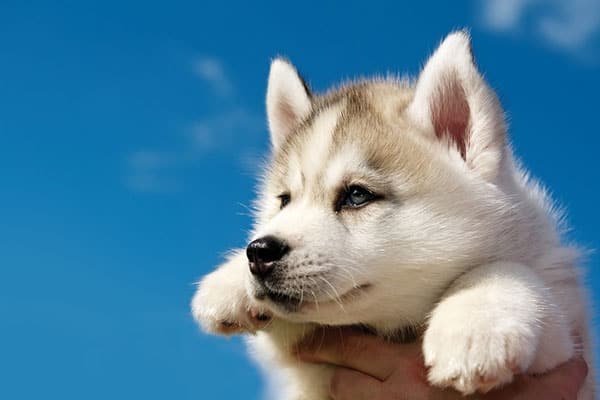Dog Sledding Facts for Your Alaska Cruise

Mush! It's not just any holiday that allows for harnessing a team of huskies to a sled and racing off across the frozen tundra. In the Arctic, the dogsled was once a way of life. Now many outfitters allow visitors to get behind the sled for themselves. Explore the history of dog sledding then take a crack at driving a team of your own on your next cruise to Alaska.
Indigenous tribes have utilised the dogsled as transportation for centuries. Evidence of dogsledding dates back more than 1,000 years. Later, sled dogs played a role in the Alaskan Gold Rush of the late 19th century. At the time, dogsleds carried gold prospectors, supplies, even doctors on house calls and the post (the U.S. Postal Service delivered post by dogsled until 1963). Americans began exploring the Arctic behind a team of huskies.
In 1925, dogsledding entered the wider consciousness when the remote town of Nome, Alaska suffered a deadly outbreak of diphtheria. The town desperately needed a life-saving serum but the closest supply was more than 700 miles away. A blizzard set in and planes were grounded. The only way to get medicine to the down was by dogsled. Over six days, six different teams of dogsleds relayed the serum all the way to Nome. The town was saved and the feat made the national news. The team that delivered the serum was led by a Siberian husky named Balto. The dog became a national hero and a statue of Balto was erected in New York City's Central Park. The statue remains today as a testament to the hero dog.
In 1973, to commemorate the historic Nome run, the Iditarod Trail Sled Dog Race was born to cover the same route from Anchorage to Nome. The annual race has grown to become the biggest dogsledding event in the world and the largest sporting event in Alaska. Each year, dedicated mushers and their 16-dog teams compete in a grueling 1150 mile run along the historic Iditarod Trail, an old post and supply route through the desolate Alaskan interior. Competitors from as far away as Italy and Japan struggle against sub-zero temperatures and heavy winds over steep mountain ranges, across frozen rivers, and through dense forests in the longest and richest sled dog race in the world.
Dogsled teams today are generally made up of Alaskan huskies, Siberian huskies and Alaskan malamutes. Teams consist of a lead dog that is generally the smartest dog in the pack. Swing dogs follow directly behind the leader and help to turn the sled. Team dogs in the middle of the pack provide the speed (up to 20mph), and wheel dogs, usually the largest; bring up the rear and pull to free the sled if it gets stuck.

Dogsled teams aren't driven by a set of reigns like a team of horses. Instead, dogsled teams are controlled by a set of commands. "Mush!" starts the team. "Gee" is the command for a right turn, and "Haw" is the command for a left. "Whoa!" stops the team.
So practise your "Haws" and "Gees" before your Alaska holiday. If you're lucky enough to be on an Alaskan cruisetour you'll have the opportunity to visit an Iditarod sled dog musher’s kennel for a private tour. By the end of your Alaska cruise you’ll be mushing like a pro. Next year…Iditarod!




